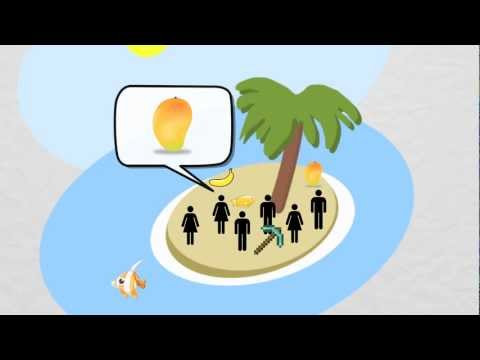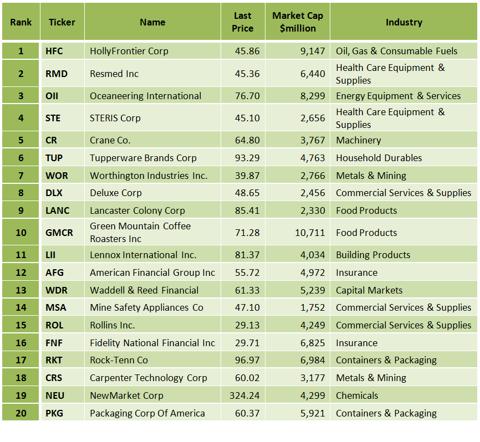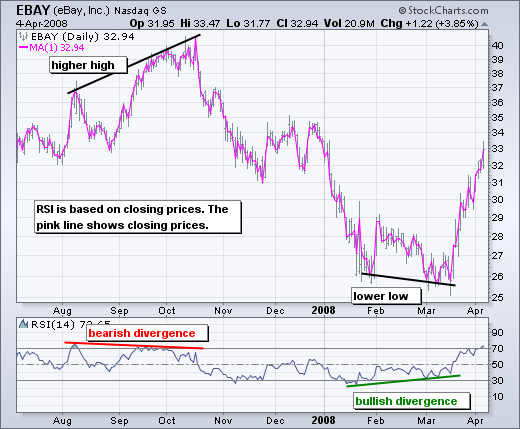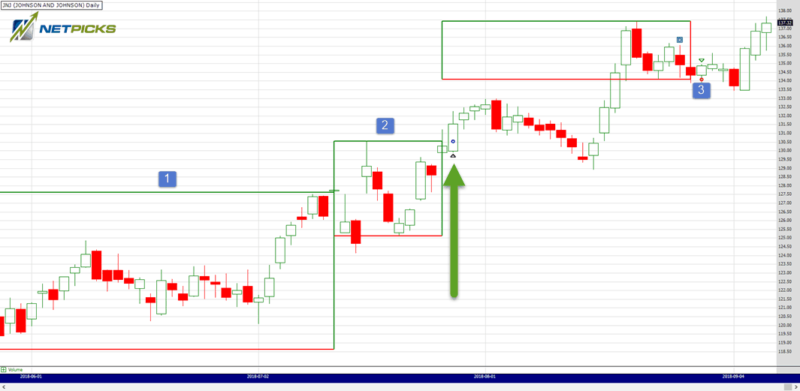

The double bottom is formed when the price of a security drops and increases twice in succession. The double bottom generally appears at the end of a downtrend in the price of an asset. A triple bottom is a bullish chart pattern used in technical double bottom candlestick pattern analysis that’s characterized by three equal lows followed by a breakout above the resistance level. This sample is the opposite of the favored head and shoulders sample but is used to predict shifts in a downtrend quite than an uptrend.

After the fast decline, this inventory entered a consolidation phase, which lasted more than 4 months. The first signal with observe-by way of is a bullish triple high sign. Double Bottom Reversal, which is opposite of Double Top Pattern, is a bullish pattern typically found on bar charts, line charts and candlestick charts. If prices do not come to the neckline and the next retracement entry is in place, you can again place your stop loss 1 ATR far from the level from which the prices retrace.
Chart Check: Double bottom pattern makes this battery company an attractive buy-on-dips pick
These short positions can be held until the price approaches the lower trendline or shows some signs of bottoming. Similarly, a long position can be initiated when price touches the lower line on any subsequent decline and then reverses to the upside. These long positions can be held until the price approaches the upper trendline or shows some signs of topping. Of all the patterns that we will be discussing in this chapter, an expanding broadening pattern is arguably the most difficult to trade. This is because by the time the break occurs a lot of move would already have occurred and hence it might be too late to initiate a trade. As such, it is important to look where this pattern has occurred.
Descending Triangle chart pattern, a bearish continuation pattern, occurs in a downtrend. The Ascending Triangle is formed with a top-to-down sloping resistance line and a horizontal support line. When the price breaks below the horizontal support line, the pattern is considered to be executed.
Double Bottom Chart Pattern FAQ’s
From this basic pattern, the bullish breakout patterns turn into extra complicated and wider. The wider the pattern, the better established the resistance stage and the extra essential the breakout. A double bottom pattern is a technical analysis charting pattern that describes a change in trend and a momentum reversal from prior leading price action. It describes the drop of a stock or index, a rebound, another drop to the same or similar level as the original drop, and finally another rebound.
Is double bottom pattern bullish?
A double bottom will typically indicate a bullish reversal which provides an opportunity for investors to obtain profits from a bullish rally. After a double bottom, common trading strategies include long positions that will profit from a rising security price.
“The stock has picked up momentum last quarter with a bullish candlestick bar. On daily charts, the long-term moving averages (50,100 & 200 SMA) have formed a bunch, indicating that the stock is ready for a big move,” he added. Triple bottom patterns are just extension of double bottom patterns. Gives an idea of market trend reversal in the medium to long term.
As we have discussed in the previous section, that market can be either in trending phase or in a… Sometimes, when the price of the security breaks the neckline , it might find a new support level and offer a trader another chance to start a long position or go short. Traders should always use double top and double bottom chart patterns with other indicators such as volume for confirming the reversal before taking a position. When the prices break through the neckline or the support level then the bearish trend reversal is confirmed. Talking about the volume characteristics, volume should usually be high during the first part of the pattern when price is declining. Finally, volume must increase during the third part of the pattern when price is rising.
In the P&F world, Double Top Breakouts are bullish patterns which might be confirmed with a resistance break. With bar charts, on the other hand, Double Top Breakouts are bearish patterns which are confirmed with a help break. The pattern comprises of at least two tops and at least two bottoms, with the second top being below the first top and the second bottom essentially at the same level as the first bottom. The above chart shows rising wedge acting as a reversal pattern. Notice the failure of price to touch the upper trendline during the final up move within the pattern.
Rising wedge (Pattern type: Bearish Reversal/Continuation)
If price action is said to be the king of trading, then double tops and double bottoms are certainly no less than dukes. Murphy cautions the terms “double tops and bottoms” are greatly overused in the markets. Most of the patterns referred to as double bottoms are, in fact, something else. The Double Bottom is a bullish reversal pattern that is formed after the downtrend.
What is a double bottom candlestick pattern?
A double bottom pattern is a classic technical analysis charting formation showing a major change in trend from a prior down move. The double bottom pattern looks like the letter ‘W.’ The twice-touched low is considered a support level.
A Head & Shoulder top is a bearish reversal pattern that appears after a rally in price. The above chart shows a descending triangle pattern acting as a bearish continuation pattern. Notice how volume decreased steadily when price was within the triangle.
NIFTY Research report: Elliott Wave And Sentiment Analysis
Each high is lower than its preceding high, suggesting that the sellers are aggressively offering the price at lower levels. Once the downside barrier is breached, expect this region to act as a resistance during any recoveries. An ascending triangle is a bullish continuation pattern that appears during an uptrend.
When the asset’s price goes below a support level equal to the low between the two previous highs, it’s verified. Finally, at a certain point during the trading activity, a break in the resistance occurs beyond the highest point that was reached in between the two troughs. As the resistance breaks, the potential for support increases and the new support level is now tested. The lows of a double bottom pattern form at the same level of prices. You can trade with a double bottom pattern with a high level of reliability.
Thereafter, advancement in the form of a peak takes place to the extent of 10% to 20%, and a decline towards the second trough is spotted. No worries for refund as the money remains in investor’s account. With the year drawing to a close, your thoughts may have turned to taking a holiday and visiting a new destination. Or you may want to just curl up in a blanket and laze around by a bonfire.
So, if the trend before entering the pattern is up, expect an upside breakout. And if the trend before entering the pattern is down, expect a downside breakdown. Occasionally, the contracting triangle pattern could act as a reversal pattern too, especially if it appears near the end of an ongoing trend. Whatever the form it takes, do not anticipate the direction of the break. Wait until the break happens before deciding to initiate a trade.
- It can occur in any time frame, from very short-term charts to long-term charts.
- Similarly, in case of an expanding broadening bottom pattern, price may fail to reach the lower line on the third decline.
- On some occasions, the volume expands sharply, while on other occasions, the volume remains abysmally low.
- The wider the pattern, the better established the resistance stage and the extra essential the breakout.
- Place a cease purchase order barely above the upper pattern line of the handle.
Posting this because I got one query for my Recent BHEL Idea, where I’ve used similar Technique. As you can see 57 level marked with blue line is the level from where stock gave breakout twice, 2007 & 2009. With the help of the method mentioned earlier, there will be less risk and more potential for profitable trades. In the case of the Double Bottom chart pattern, the stop loss should be placed at the second bottom of the pattern.
Notice in the above chart how uneven the volume distribution was when the pattern was forming. Also notice the pickup in volume after the breakdown from the pattern, increasing the probability of price heading lower. In this case, the price target was exactly achieved before a reversal took place. One thing to keep in mind is that the peaks and troughs in case of a broadening pattern are not clearly defined. What this means is often the peaks or troughs will overshoot or undershoot the trendlines before reversing. As such, always keep some leeway when drawing trendlines in case of broadening patterns.
Descending triangle (Pattern type: Bearish Continuation)
Corresponding to Murphy, the double bottom is one of the most commonly seen and most easily identified. Still experts concur that this can be a complicated structure to effectively identify. Although the pattern may appear on intraday price charts, it is very difficult to ascertain the validity of the double bottom pattern. Following the price recovery the stock trades at a higher level. However, the selling returns at the high point making a swing top and then attempts to hit the low price previously made. If the stock price gets arrested again at this level and rebounds, then the double bottom is formed.

Also notice the pickup in volume at the time of breakdown and an acceleration in volume as price headed lower post the breakdown. Sometimes, when price is trading with the triangle, volume picks up modestly during rallies and fades during declines. This usually, but not necessarily, indicates that the break could be on the upside, especially if the trend before entering the pattern was up.
Is double top pattern bullish or bearish?
A double top is an extremely bearish technical reversal pattern that forms after an asset reaches a high price two consecutive times with a moderate decline between the two highs. It is confirmed once the asset's price falls below a support level equal to the low between the two prior highs.